#Pompeii Archaeological Park
Explore tagged Tumblr posts
Text

This fresco discovered in Pompeii may look like a 2,000-year-old pizza but archaeologists say it can't be — tomatoes weren't grown in Italy at the time.
Still, excavations of the city preserved in volcanic ash have yielded fascinating insights into what Pompeiians truly did eat.
📷: Abaca Press / Alamy
#Mount Vesuvius#Pompeii#79 A.D#Pompeii Archaeological Park#archaeological site#Ancient Romans#Archaeology#Archeology#volcanic eruption
9 notes
·
View notes
Text
Author & Time Stamp: Lorenzo Tondo Fri 1 Mar 2024 17.31 GMT
Extract:

In the fresco, Helle is depicted on the verge of drowning, her face obscured by waves as she reaches out to her brother. Photograph: Pompeii Archaeological Park
In a remarkable discovery at the ancient Roman city of Pompeii, archaeologists have unearthed a fresco depicting the Greek mythological siblings Phrixus and Helle.
“History has repeated itself,” said Zuchtriegel, as he gave an update on excavation and restoration work. “It is a beautiful fresco in an excellent state of conservation. The myth of Phrixus and Helle is widespread at Pompeii but it is topical too. They are two refugees at sea, a brother and sister, forced to flee because their stepmother wants rid of them and she does so with deception and corruption. She [Helle] fell into the water and drowned.”
The fresco showcases vibrant colours and exquisite artistry, with Helle depicted on the verge of drowning, her face obscured by waves as she reaches out to her brother.
Zuchtriegel expressed optimism about making these meticulously preserved homes accessible to the public in the near future, highlighting the cultural and historical significance of this latest uncovering.
/endofextract
#archaeology#classical studies#history#ancient#ancient history#antiquity#archaeological discoveries#archaeological site#ancient rome#roman history#pompeii#fresco#greek mythology#greek myths#greek myth art#classical mythology#greek mythology art#phrixus and helle#Pompeii Archaeological Park#italy#classical rome#roman art#roman culture#roman mythology#ancient greek mythology#graeco-roman
1 note
·
View note
Text
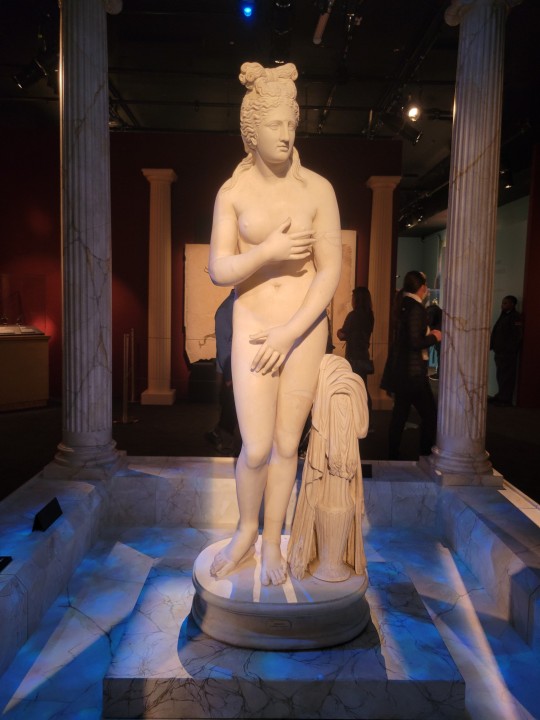
A marble statue of Aphrodite dating to the first century c.e. from Pompeii exhibited at the Museum of Science and Industry in Chicago (2/25/2023)
#illinois#chicago#hyde park#hydepark#museum of science and industry#museums#roman art#roman archaeology#roman religion#aphrodite#venus#pompeii#religious art#sacred art
10 notes
·
View notes
Text


A Blue Painted Shrine is the Latest Discovery in Pompeii ‘Treasure Chest’
Archaeologists have unearthed an intricately decorated blue room, interpreted as an ancient Roman shrine known as a sacrarium, during recent excavations in central Pompeii in Italy.
The Italian Minister of Culture, Gennaro Sangiuliano, visited the site on Tuesday, describing the ancient city as “a treasure chest that is still partly unexplored.”
The blue color found in this new discovery is rare, with the culture ministry outlining that it is generally associated with environments of great decorative importance.
An in-depth analysis of the room, according to the ministry, found that the space could be interpreted as a sacrarium or a space dedicated to ritual activities and the conservation of sacred objects.
The walls of the room feature female figures that are said to depict the four seasons of the year, as well as allegories of agriculture and shepherding.





The new discovery came amid excavations in the Regio IX area of central Pompeii, a residential area that is currently one of the most active excavation sites for new findings.
The excavations are part of a broader project to secure a perimeter between the excavated and non-excavated areas of the archaeological park, which currently has more than 13,000 excavated rooms.
The project aims to improve the structure of the area, making the “protection of the vast Pompeiian heritage… more effective and sustainable,” the culture ministry said.


Other recent findings in the area include furnishings belonging to a house, a bronze kit with two jugs and two lamps, building materials used in renovations, and the shells of oysters that had been consumed.
Last week, it was reported that archaeologists in Pompeii had uncovered children’s sketches depicting violent scenes of gladiators and hunters battling animals.




The drawings, thought to be made by children between the ages of five and seven sometime before Mount Vesuvius erupted in 79 AD, were found on the walls of a back room in the residential sector of the archaeological park.
They showed that even children in ancient times were exposed to extreme violence.
By Antonia Mortensen and Jessie Gretener.


#A Blue Painted Shrine is the Latest Discovery in Pompeii ‘Treasure Chest’#Regio IX area of central Pompei#Mount Vesuvius#sacrarium#roman shrine#roman frescoes#ancient artifacts#archeology#archeolgst#history#history news#ancient history#ancient culture#ancient civilizations#roman history#roman empire#roman art
427 notes
·
View notes
Text

Centaur, 1st century AD, marble, Archaeological Park of Pompeii, Pompeii, Italy. http://hadrian6.tumblr.com
265 notes
·
View notes
Photo
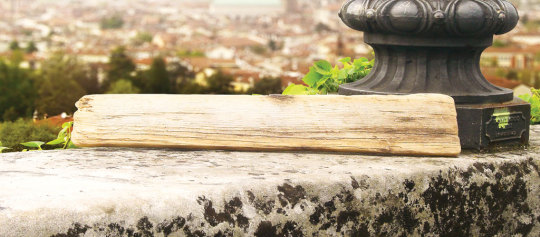
Invisible Solar
Invisible Solar is a new PV technology that take on the appearance of any building material. Each Invisible Solar module is more than a photovoltaic panel, it also is an active architectural element with various functionality.
Disguising solar panels as ancient Roman tiles in Pompeii
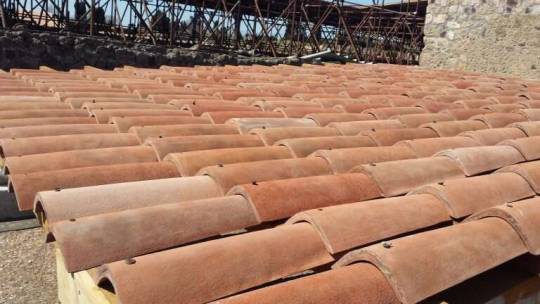
"They look exactly like the terracotta tiles used by the Romans, but they produce the electricity that we need to light the frescoes," says Gabriel Zuchtriegel, Director of the Archaeological Park of Pompeii. This solution is part of a more comprehensive strategy to turn costs into savings opportunities and to embrace sustainable development.
Technically called "traditional PV tiles", the invisible solar panels used in Pompeii come from Camisano Vicentino, a little Italian town with slightly more than 10 000 inhabitants, halfway between Padua and Vicenza. They were created and patented by the family business Dyaqua.

How They Work

Operating of Invisible Solar modules is based on the low molecular density. Each module is composed of a non-toxic and recyclable polymeric compound we properly developed to encourage the photon absorption.
Inside the module there are incorporated standard monocrystalline silicon cells. The surface, that is opaque at the sight but translucent to sun rays, allows the light to enter and feed the cells.
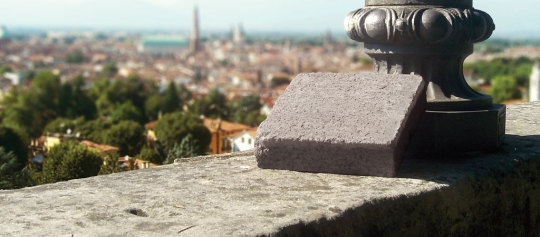
Oh my goodness.
Solar voltaic’s designed for historic contexts that offers architectural and aesthetic integration?
AND they are already installed in Pompeii and not marketing vapourware?
AND they are made by a small Italian family business?
Be still my beating solarpunk heart 🥰 ☀️
via @stml in a forum.
#solarpunk#solar punk#solar power#voltaics#solar panels#terracotta#pompeii#renewables#solar energy#Aesthetic#Architecture
3K notes
·
View notes
Text
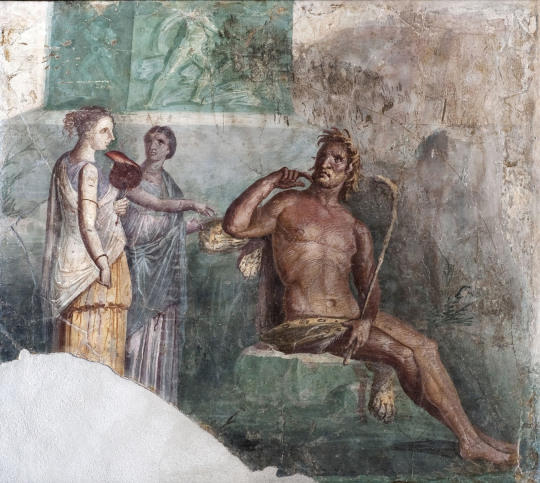
~ Polyphemus and Galatea: Fresco of the Fourth style from Pompeii or Herculaneum.
Date: A.D. 45-79
Provinience: Naples, National Archaeological Museum, Hall LXIX (Napoli, Museo archeologico nazionale, Sala LXIX); Pompeii, Archaeological Park, Herculaneum, Archaeological Park.
#ancient#ancient art#history#museum#archeology#ancient history#archaeology#Polyphemus and Galatea#Polyphemus#Galatea#fresco#pompeii#Herculaneum#a.d. 45#a.d. 79
576 notes
·
View notes
Text







#Mount Vesuvius#Pompeii#volcanic eruption#earthquake#Italian Culture Ministry#Casti Amanti#House of Chaste Lovers#Pompeii Archaeological Park#modern excavation techniques#archaeology#Naples#Italy#skeletons#ruins
4 notes
·
View notes
Text
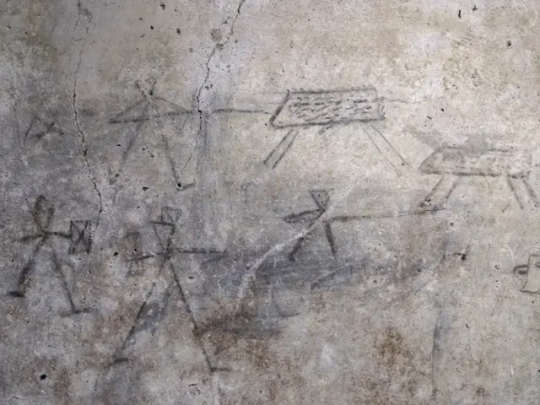
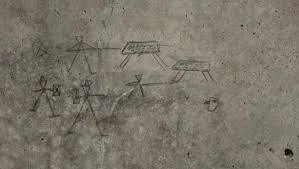
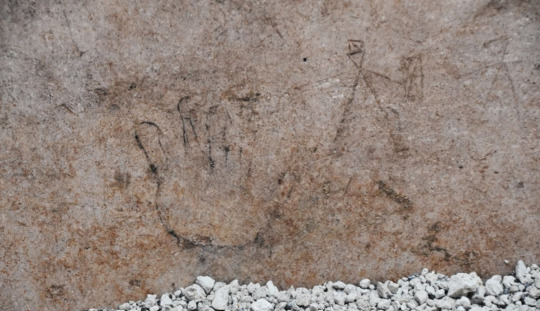

Graffitis found at Pompeii, Before AD 79
Drawings of gladiators believed to have been made by children inspired by watching battles at Pompeii’s amphitheatre are among the latest discoveries in the ruins of the ancient Roman city.
The charcoal drawings were found during excavations at I’Insula dei Casti Amanti, a cluster of homes in Pompeii’s archaeological park that opened to the public for the first time on Tuesday.
Other drawings found on a long wall include the outline of three small hands, two figures playing with a ball, a hunting scene of an animal that appears to be a boar, and a scene that depicts two boxers lying on the ground.
Archaeologists also discovered the remains of two victims of the eruption that were found by the door in the House of the Painters at Work, named as such because the home is believed to have been undergoing a repaint at the time of the disaster.
The Pompeii ruins were discovered in the 16th century and the first excavations began in 1748.
Photograph: Parco Archeologico Pompei
#art#history#design#style#archeology#antiquity#figure#pompeii#italy#graffiti#graffittiart#graffart#gladiator#hand#boxer#drawing#charcoal
57 notes
·
View notes
Text
This is of course old news, but it was nice to see what this famous inscription looked like. And if the new theory is correct Vesuvius eruption took place around October 24.
“XVI (ante) K(alendas) Nov(embres) in[d]ulsit pro masumis esurit[ioni]”
BTW, Massimo Osanno, who is quoted in the article, has a pretty interesting IG account. He is a former Director of the Archaeological Park of Pompeii and nowadays a Director General of all the Italian museums.
32 notes
·
View notes
Text


Madonna celebrated her birthday in Pompei, Italy, with friends and family — plus local youth involved in an art initiative she supports.
The Queen of Pop turned 66 on Friday, Aug. 16, and spent the evening with members of Sogno di Volare, or Dream of Flying, a project that lets local youth act in classical performances at the ancient theater in the Archaeological Park of Pompeii, per a press release.
The singer arrived at the archaeological site late Friday evening with a group of about 30 people — including her rumored boyfriend, soccer player Akeem Morris, and two of her daughters, 11-year-old twins Estere and Stella — to a crowd of adoring fans, sources tell PEOPLE.
Madonna also marked her 66th birthday on Instagram, where she posted glamorous photos of herself, her twins and a shirtless Morris, captioning the post: “Back in Italy...🇮🇹 Happy Birthday to ME 🦁✨🎂🥂🇮🇹♥️.”
#Madonna#'2024#Italy#Birthday#People Magazine#Ricardo Gomes#Akeem Morris#madonna 2024#Happy Birthday Madonna
17 notes
·
View notes
Text
"Buddies"
Located in the ancient city’s wealthy quarter, the sprawling House of the Vettii was owned by Aulus Vettius Restitutus and Aulus Vettius Conviva, who became rich by selling wine after being freed from slavery.
Theories in the past have suggested that the two men were brothers, but it is more likely that they met when enslaved and had the same master, whose name was Aulus Vettius, according to Gabriel Zuchtriegel, the director of Pompeii archaeological park.
“If they were from the same family the first two names would have been different and they would have the same surname,” he said. “It was uncommon to have biological siblings who were slaves and then set free, because family ties were cut with slavery so it’s very unlikely they were brothers. It’s more likely that they were buddies during their time as slaves and then set free.”
#lgbt history#queer history#ancient rome#79 ad#lgbt#queer#lgbqti#aulus vettius restitutus#aulus vettius conviva#gay#mount vesuvius#ancient pompeii#house of the vettii#archaeology#mt vesuvius#pompeii
263 notes
·
View notes
Text

Tiny House with Elaborate Frescoes Unearthed at Pompeii
Archaeologists have uncovered a tiny house in Pompeii that is filled with elaborate – and sometimes erotic – frescoes, further revealing the ornate way in which Romans decorated their homes.
Situated in the central district of the ancient city, the house is smaller than normal and unusually lacks the open central courtyard – known as an atrium – that is typical of Roman architecture, the Archaeological Park of Pompeii, which oversees the site, said in a statement Thursday.
This change could have occurred due to shifting trends in Roman - and particularly Pompeian - society, during the first century AD, archaeologists said.
Pompeii was destroyed by the eruption of Mount Vesuvius in AD 79 when its buildings and thousands of inhabitants were buried beneath layers of ash and pumice. This coating perfectly preserved the city for millennia, making it one of the most important archaeological sites in the world as it offers an unprecedented insight into Roman daily life.



This latest discovery spotlights the ornate decorations that rich Romans enjoyed in their homes – several frescoes depict mythical scenes and others are decorated with plant and animal motifs on a white background.
One small square painting set against a blue-painted wall depicts intercourse between a satyr and a nymph, while another shows Hippolytus, son of the mythical Greek king Theseus, and his stepmother Phaedra who fell in love with him before killing herself when he rejected her in disgust.
One fresco likely portrays the Judgement of Paris, though it has been damaged by previous excavations, and another shows Venus, the goddess of love, and Adonis, her mortal lover.
Erotic and elaborate frescoes like this have been uncovered in Pompeii before. One house covered in erotic frescoes reopened to the public in January 2023 after being closed for 20 years while another fresco depicting an erotic scene from the Greek myth “Leda and the Swan” was uncovered in 2018.


Elsewhere in this newly excavated house, the last ritual offerings left before the eruption still remain at the household shrine, known as a lararium.
“We have archaeologists, restorers, archaeobotanists here to understand exactly how the ritual of the last sacrifice was carried out before the eruption,” said Gabriel Zuchtriegel, the park’s director, in a statement. “There are still the burnt remains of this ritual, there is the knife that was used.”
This excavation, Zuchtriegel added, “takes place under the eyes of the public” who can access the site on suspended walkways and watch archaeologists working.
By Issy Ronald and Sharon Braithwaite.

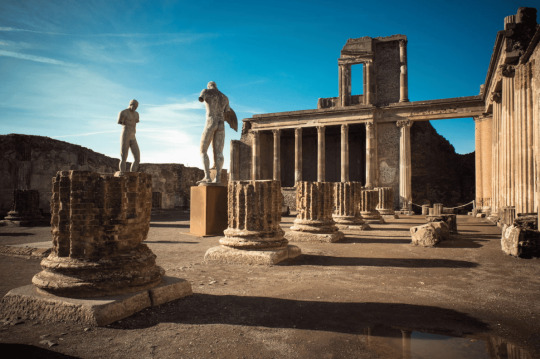

#Tiny House with Elaborate Frescoes Unearthed at Pompeii#Mount Vesuvius#frescoes#fresco painting#paintings#ancient artifacts#archeology#archeolgst#history#history news#ancient history#ancient culture#ancient civilizations#roman history#roman empire#roman art#ancient art#art history#pompeii
186 notes
·
View notes
Text

Pup Argo 🐶 & Pompeii — Parco Archeologico Pompeii
The Archaeological Park of Pompeii says goodbye to Argo. He was more than 15 years old and was an iconic presence at the excavations. He was a good dog, always cared for by the city, workers, and visitors to the site. He kept thousands of tourists company during his honourable service as guardian and host. Many people from all over the world are remembering him with affection. We thank the volunteers who lovingly cared for him in his final days. Posted January 2024. Photo by Silvia Vacca.
21 notes
·
View notes
